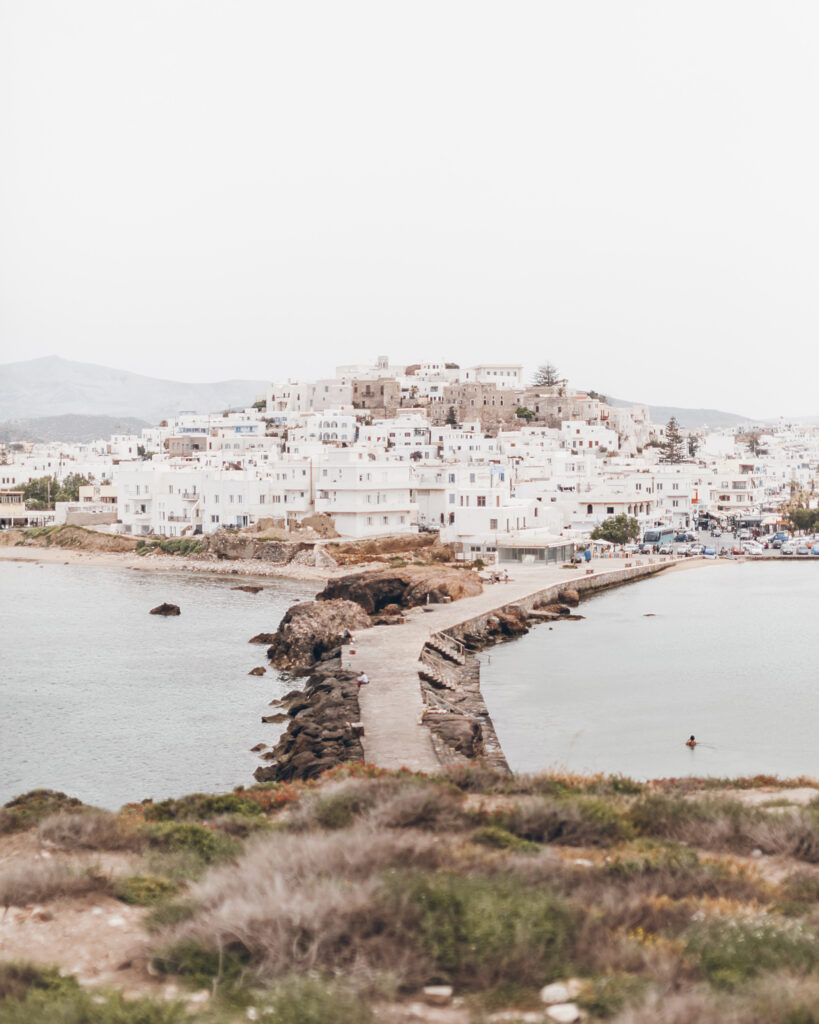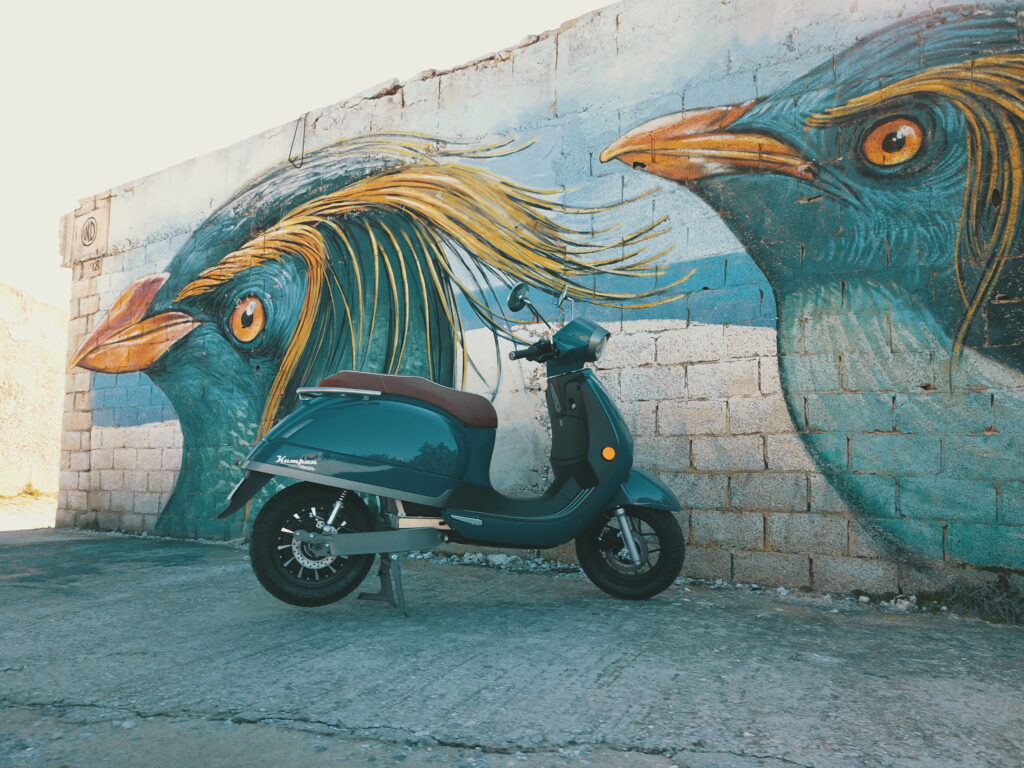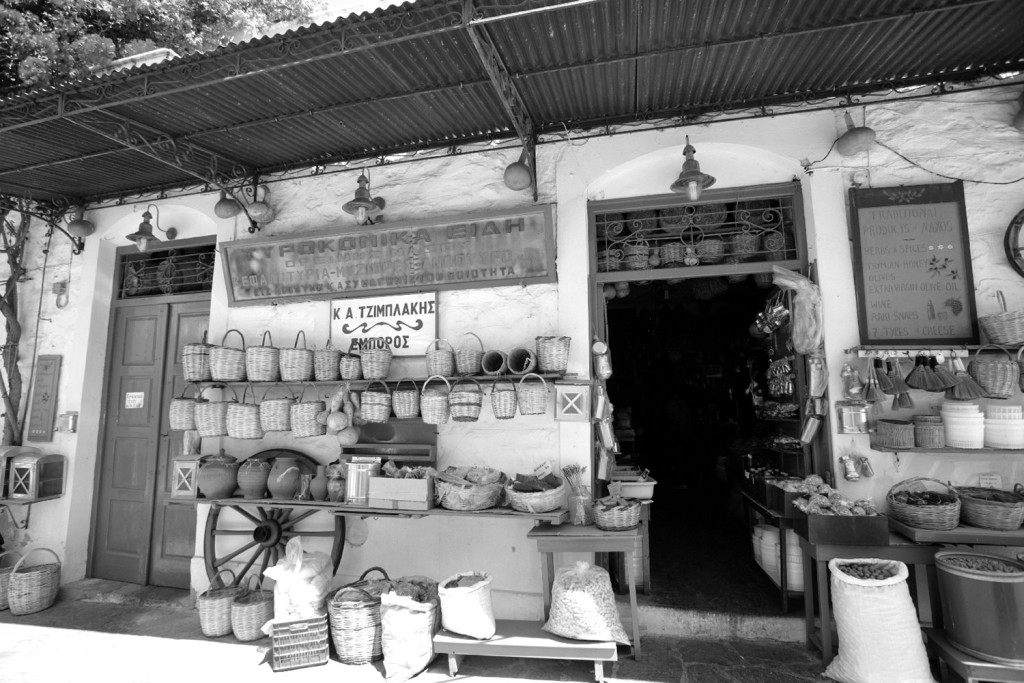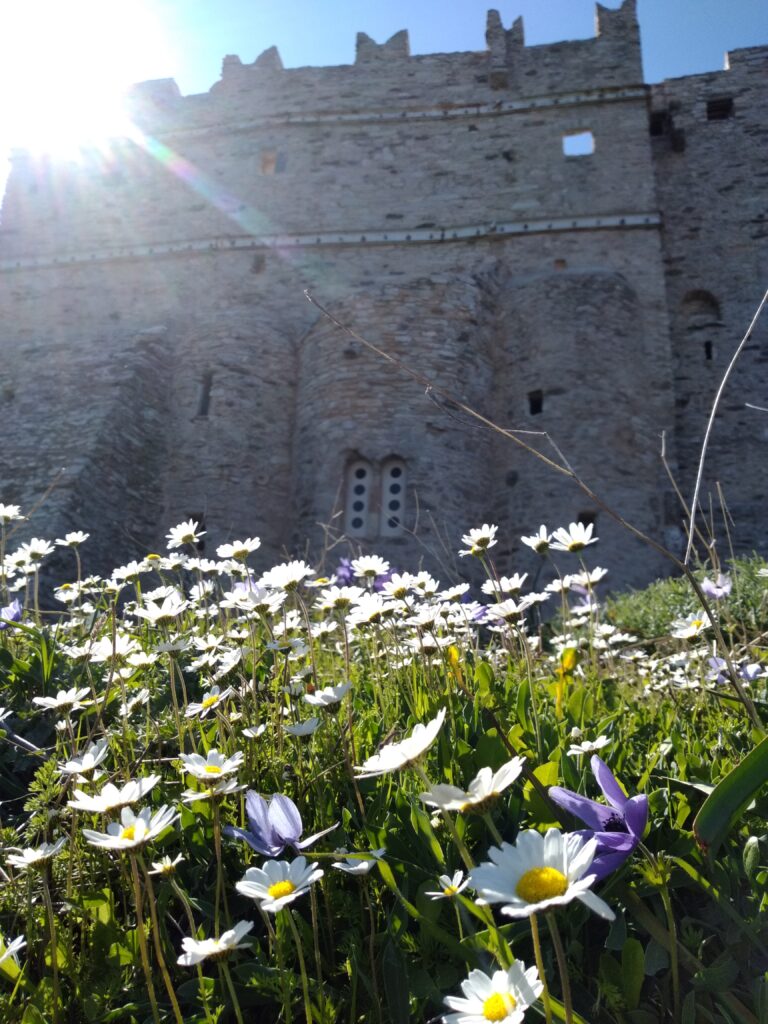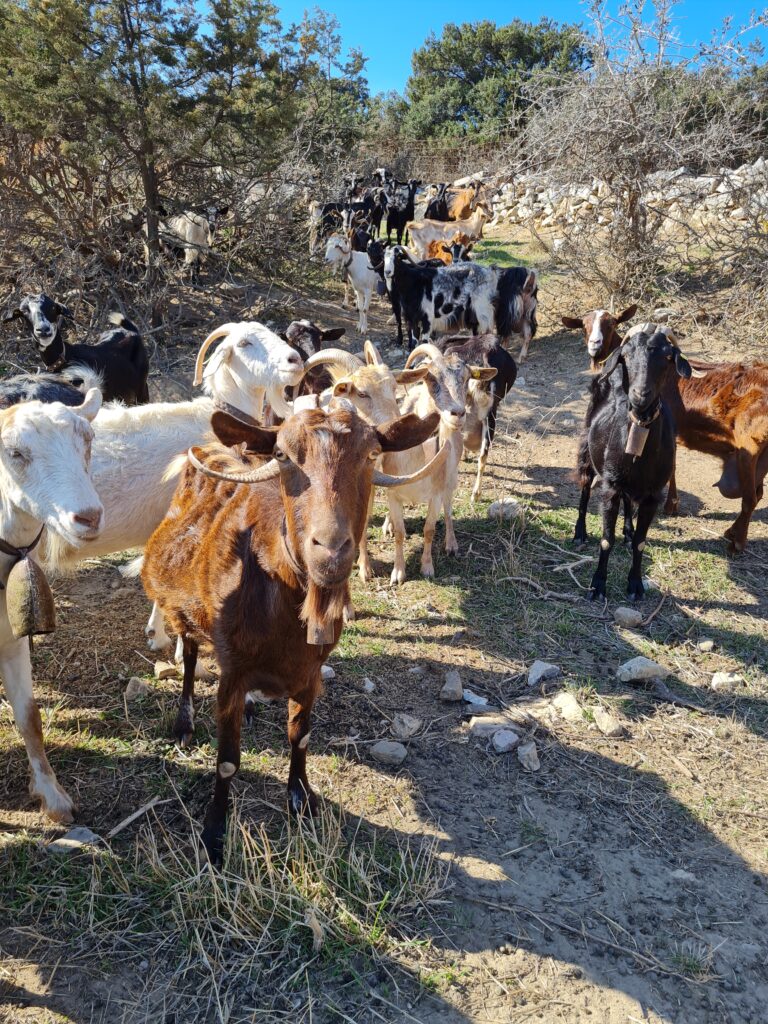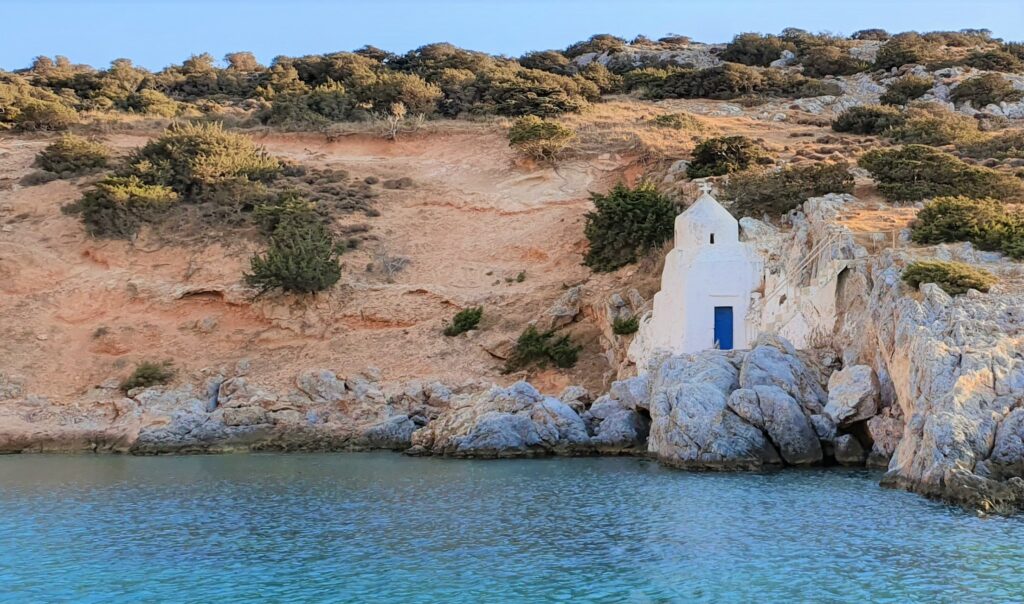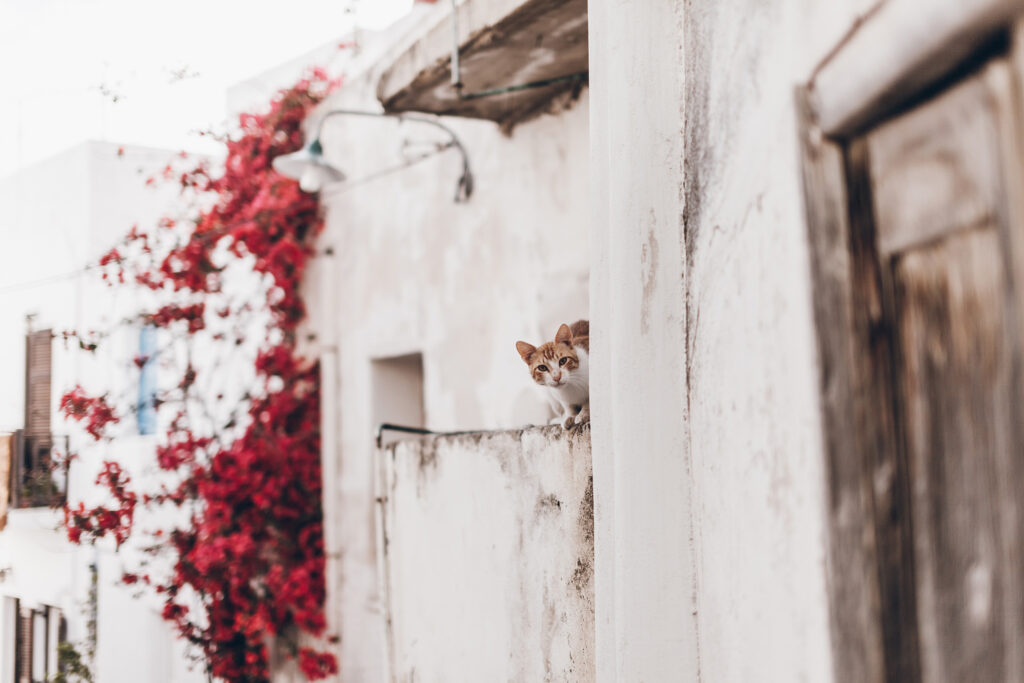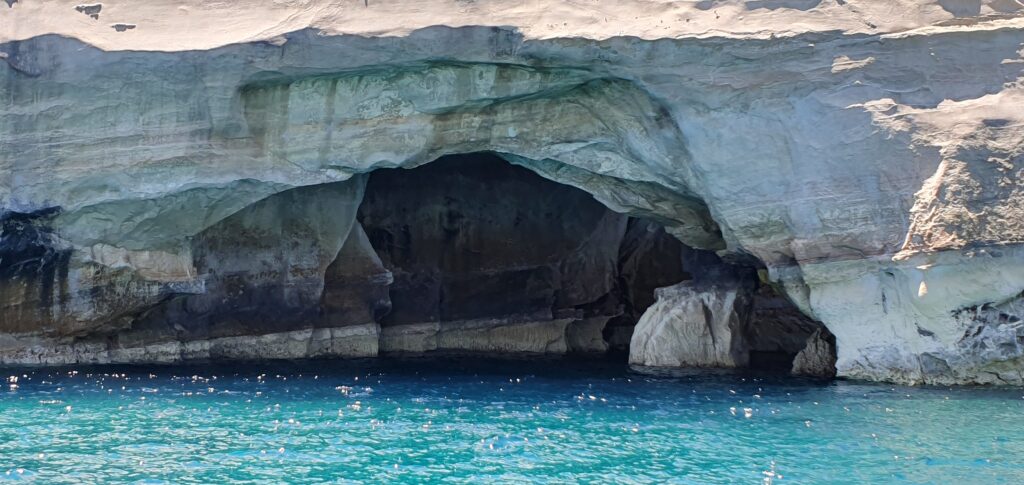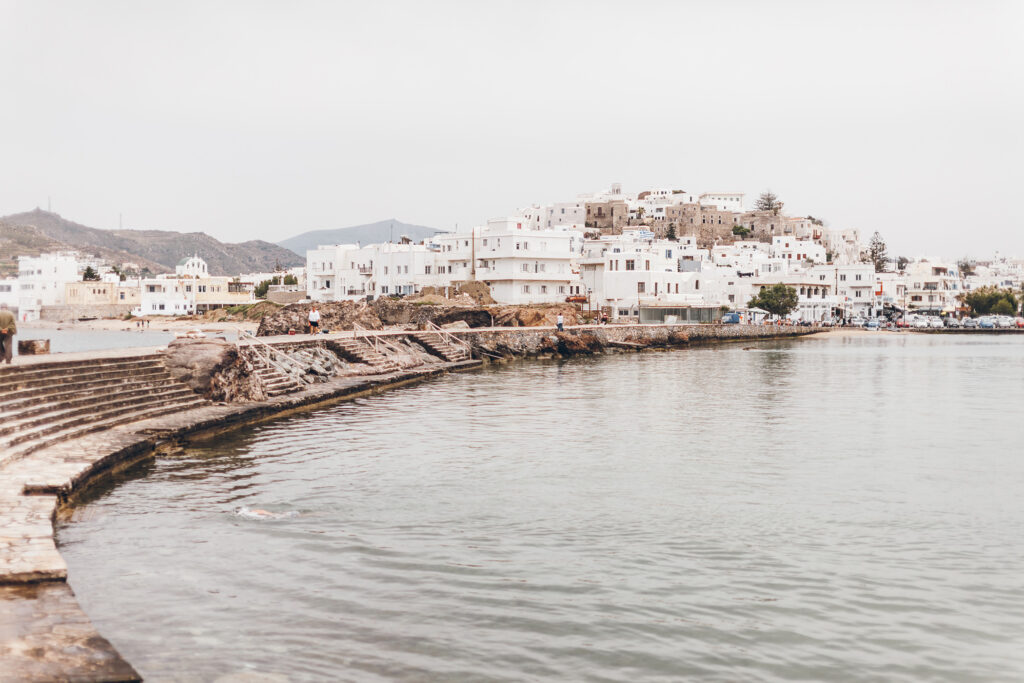
Naxos stands as the largest and lushest island in the Cyclades, boasting impressive mountains and fertile valleys.
In Greek mythology, Naxos is associated with the wedding of Ariadne and Dionysus, a union that bestowed fertility upon the island and produced its distinctive wine, highly prized in the ancient world.
The main town of Naxos, Chora, particularly its old quarter known as the Castro, bears a captivating Venetian influence and has imprinted a rich historical legacy on the island’s cultural, religious, and social life.
In ancient times, the Greeks revered a multitude of gods on this island, including Zeus, Apollo, Dionysus, Ariadne, Demeter, and Artemis. Naxos, known as the upbringing ground of Zeus, pays homage to the father of all gods by naming its tallest peak after him (Zeus or Zas). One of the most renowned mythical love story associated with Naxos is the love story of Ariadne and Dionysus. The story took place on the Palatia islet, where the remnants of the 6th-century BC Temple of Apollo and its majestic entrance, the Portara (large door), now stand.
This archaeological site, one of Naxos’s finest and best-preserved, bears witness to the enduring allure of the island’s mythological past.
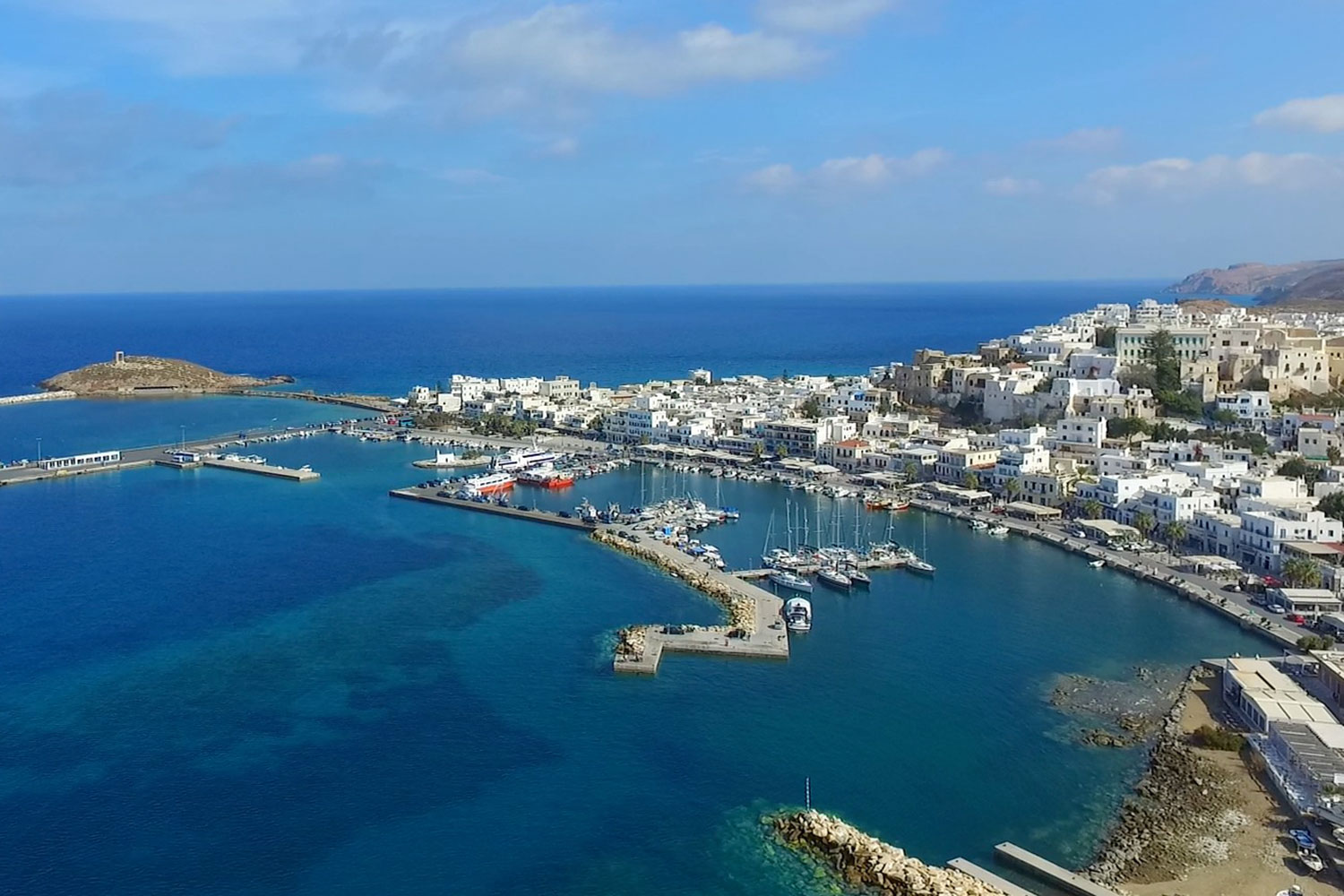
Naxos spans an area of 440 sq. km and boasts a coastline of approximately 148 km. The central region is dominated by the Tragea plateau, and a remarkable mountain range graces the eastern part of the island. To the north and east lie secluded, sparsely populated coastal and beach areas, while the southern expanse remains largely unexplored, offering an opportunity for significant adventures through jeep or quad trips.


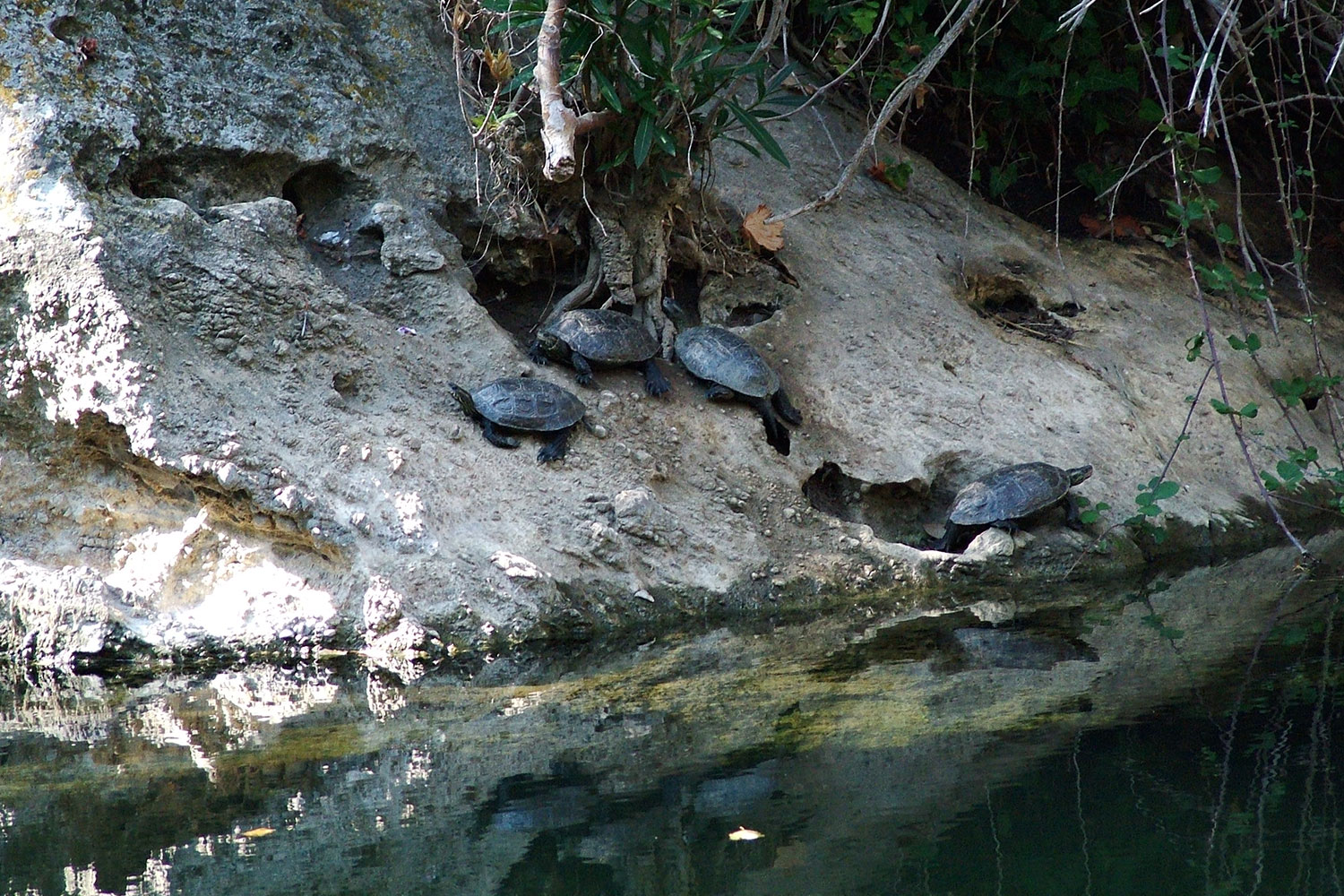
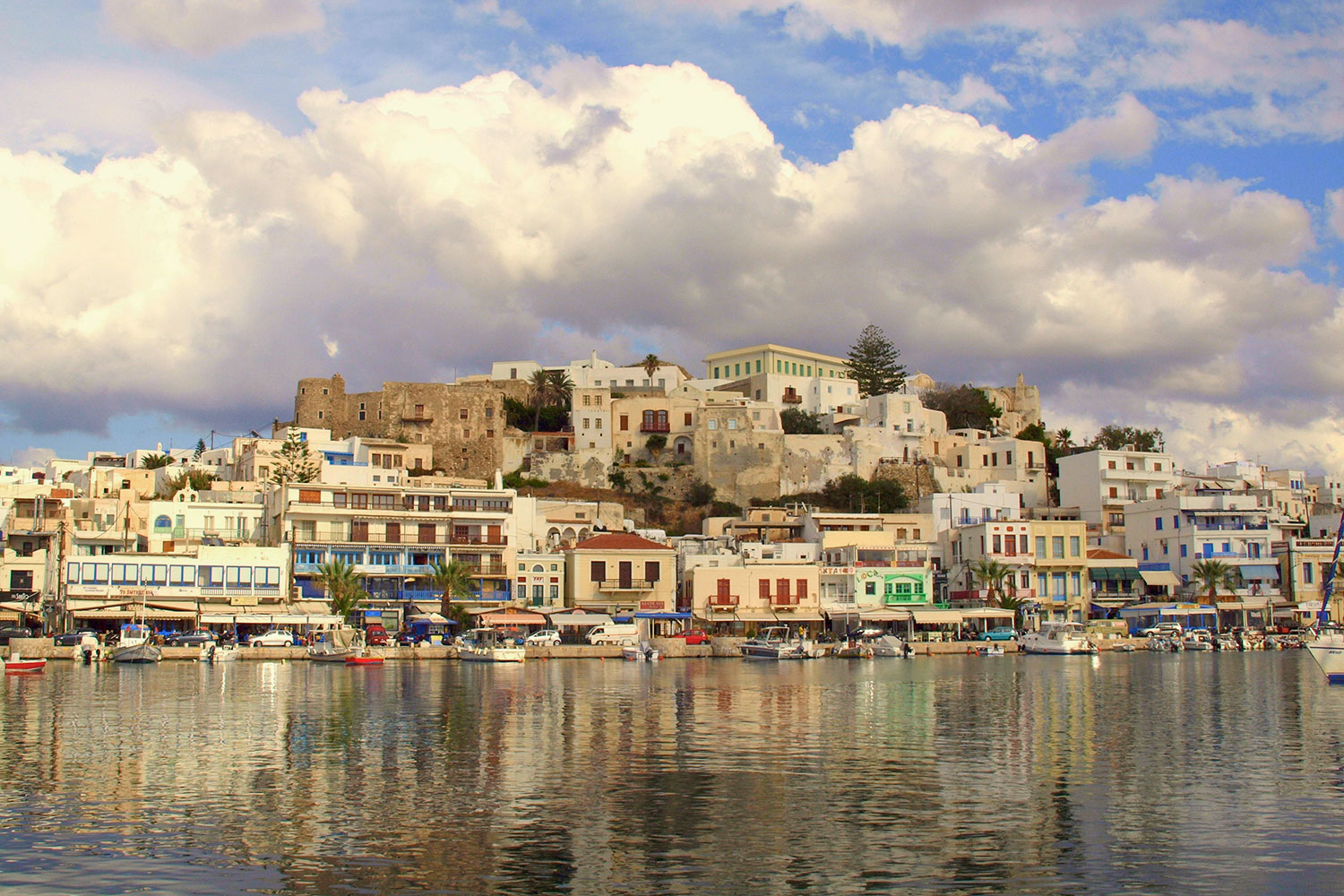
Naxos is one of the islands that cannot be visited just once!

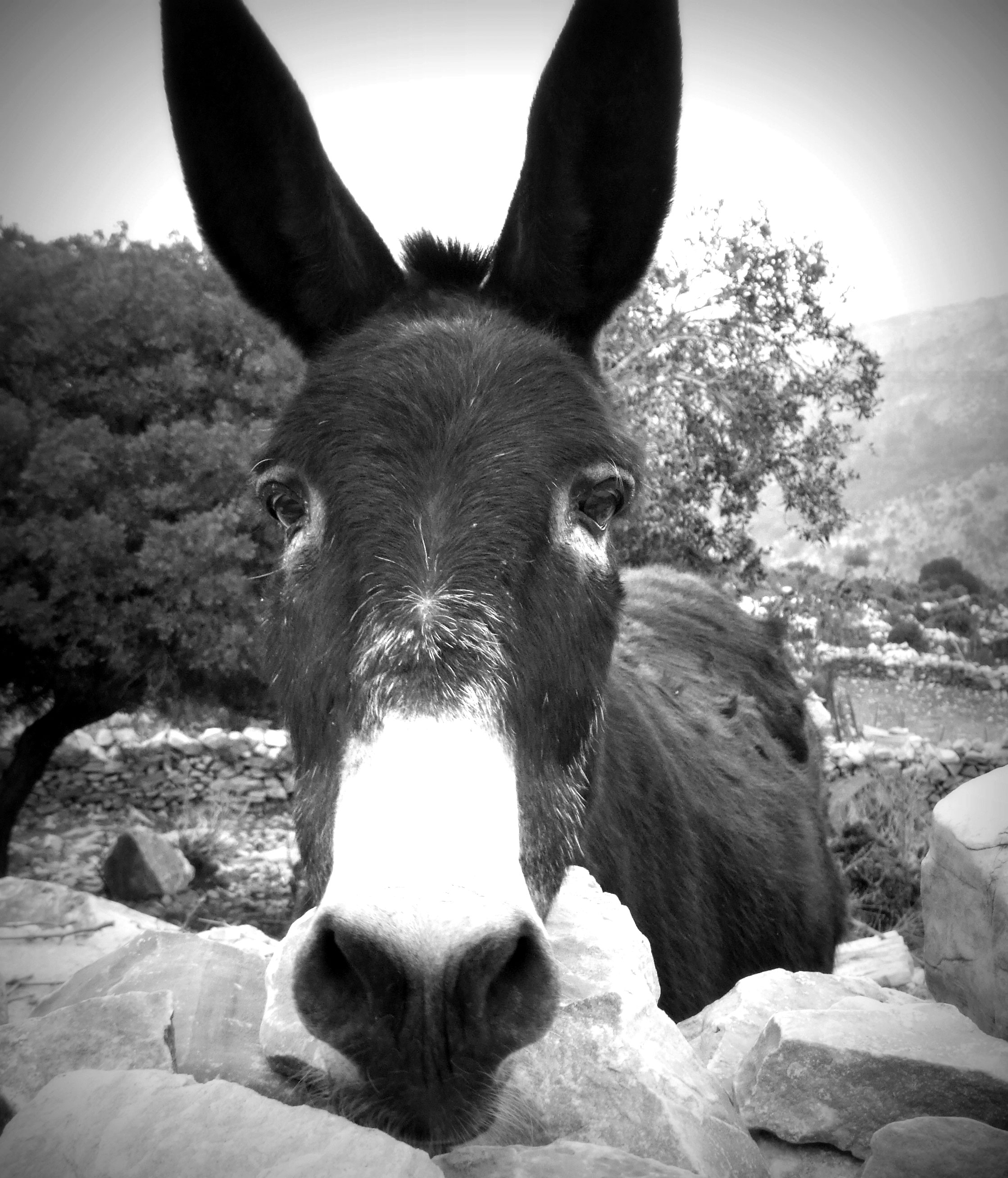
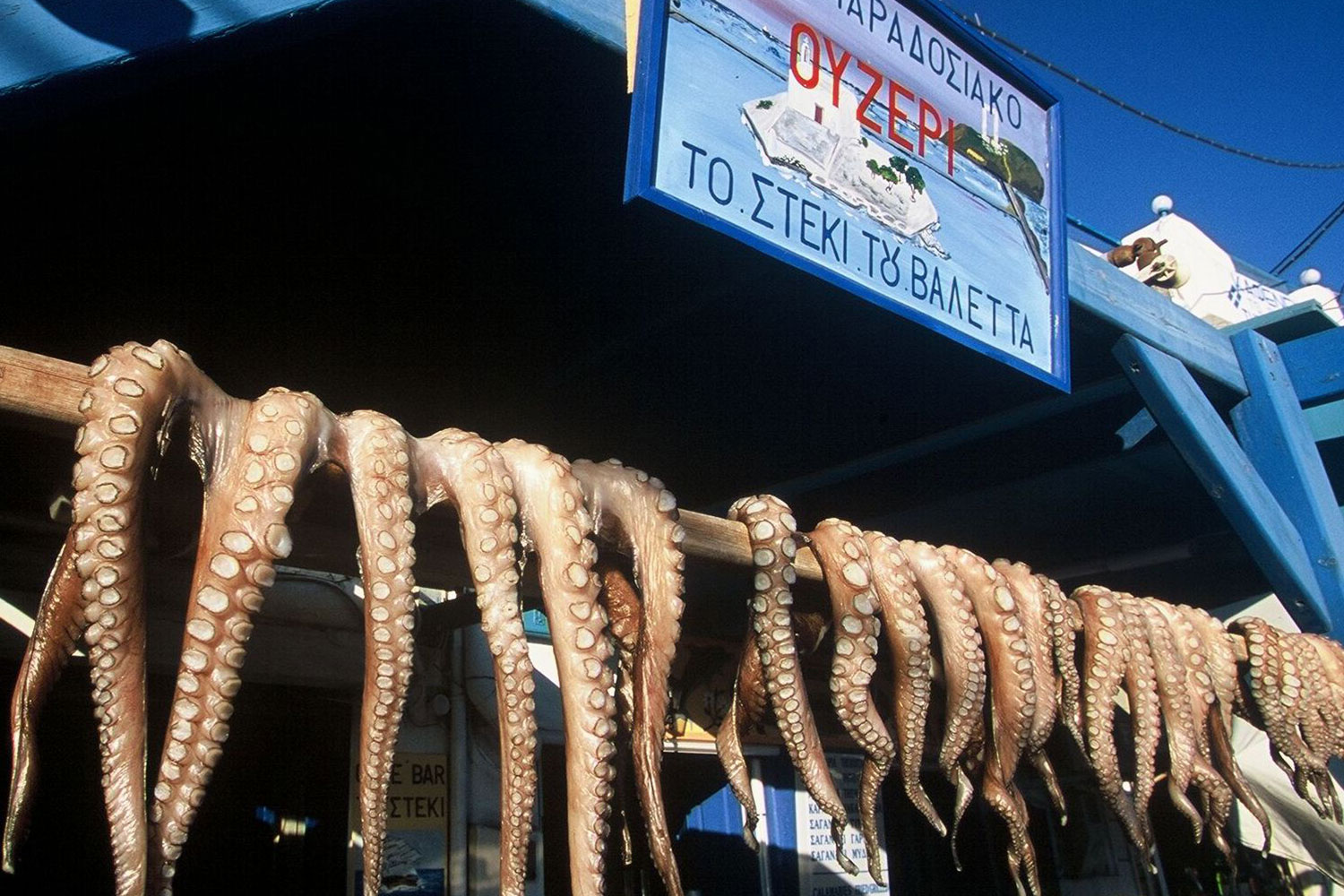
Naxos remains the well-kept secret cherished by numerous travelers, families, and romantic couples who discern its allure and recognize its standing as a large, beautiful island steeped in tradition, adorned with picturesque villages, fascinating sightseeing, and vibrant agriculture.
Marble stands out as a prominent export from the island, and Naxos holds the distinction of being one of the few Greek islands, alongside Crete, capable of sustaining itself. Sheep and goat farming play pivotal roles in the island’s agriculture, complemented by the cultivation and export of olives, lemons, tomatoes, and the renowned Naxos potatoes.
Therefore, the response to the question, What do Naxian people eat? is succinctly, “Naxian food!”


The climate of Naxos is characterized as subtropical, and Mediterranean. Summers are warm and enjoyable, often accompanied by the brisk, dry north wind known as Meltemi. Conversely, winters are mild, with prevailing winds coming from the north or south. As a result, the transitional seasons of spring and autumn are relatively brief.
The Meltemi is the predominant wind during the summer months, blowing from April to November as a dry northwest, north, and northeast wind. This wind is renowned for bringing clear weather and excellent visibility. It can frequently reach speeds of 5-7 Beaufort and persist for consecutive days. In ancient times, Aeolus, the son of Poseidon and ruler of the winds, was attributed to the Meltemi.
Today, we understand that the Meltemi is generated by the compensating flow between a stable high-pressure weather system over Central Europe and a low-pressure system over Asia Minor. During the summer, it consistently blows from northern directions over the Cyclades.

